My journey through Singapore’s historical landscapes has been nothing short of a captivating odyssey. In this extensive exploration, I’ll delve into the fascinating realm of museums and historical landmarks, sharing my personal favorites and recommending must-visit sites. Join me on this historical sojourn through the Lion City.
National Museum of Singapore: A Chronicle of Timelessness
The National Museum of Singapore is more than just a building; it’s a living testament to the vibrant narrative of the nation. Nestled at 93 Stamford Road, this architectural gem immerses visitors in a rich tapestry of exhibits that gracefully traverse Singapore’s history from the colonial era to the present day.
The centerpiece of this museum is undoubtedly the “Singapore History Gallery.” Stepping into this gallery feels like entering a time capsule, where immersive exhibits unfold seamlessly through the ages. Each section resembles turning a page in a captivating storybook, unveiling the diverse chapters of Singapore’s past.
What sets the “Singapore History Gallery” apart is its skillful use of multimedia elements. These additions transcend the conventional museum experience, breathing life into historical artifacts. The integration of audio-visual aids, interactive displays, and innovative technologies enhances the storytelling. One particularly remarkable exhibit used holographic projections to recreate significant historical events, transporting visitors back in time.
The museum’s commitment to accessibility is evident in the thoughtful curation of exhibits. The displays cater to a spectrum of interests, ensuring that visitors, regardless of their background, find points of connection with Singapore’s multifaceted history. The inclusive approach is further reinforced by guided tours and educational programs catering to diverse age groups, making the museum an engaging space for both seasoned history enthusiasts and curious newcomers.
Moreover, the National Museum of Singapore goes beyond conventional historical narratives. Special exhibitions, seasonal events, and collaborations with contemporary artists add layers to the overall experience. This dynamic approach ensures that each visit to the museum unveils something new, creating a sense of anticipation and excitement for repeat visitors.
As I navigated through the exhibits, I found myself not just a spectator but a participant in Singapore’s historical journey. The ambiance, storytelling techniques, and the overall commitment to historical preservation make the National Museum of Singapore a cultural beacon. It transcends the conventional role of a museum, becoming a vibrant platform that fosters a deep connection between the past, present, and future of this remarkable nation.
Fort Canning Park: Echoes of History
Nestled at the heart of the city, Fort Canning Park emerges as a poignant testament to Singapore’s rich historical legacy. Positioned at the junction of Hill Street and Canning Rise, this verdant oasis unveils a narrative that spans centuries, seamlessly blending ancient artifacts and archaeological wonders to showcase the diverse layers of the nation’s past.
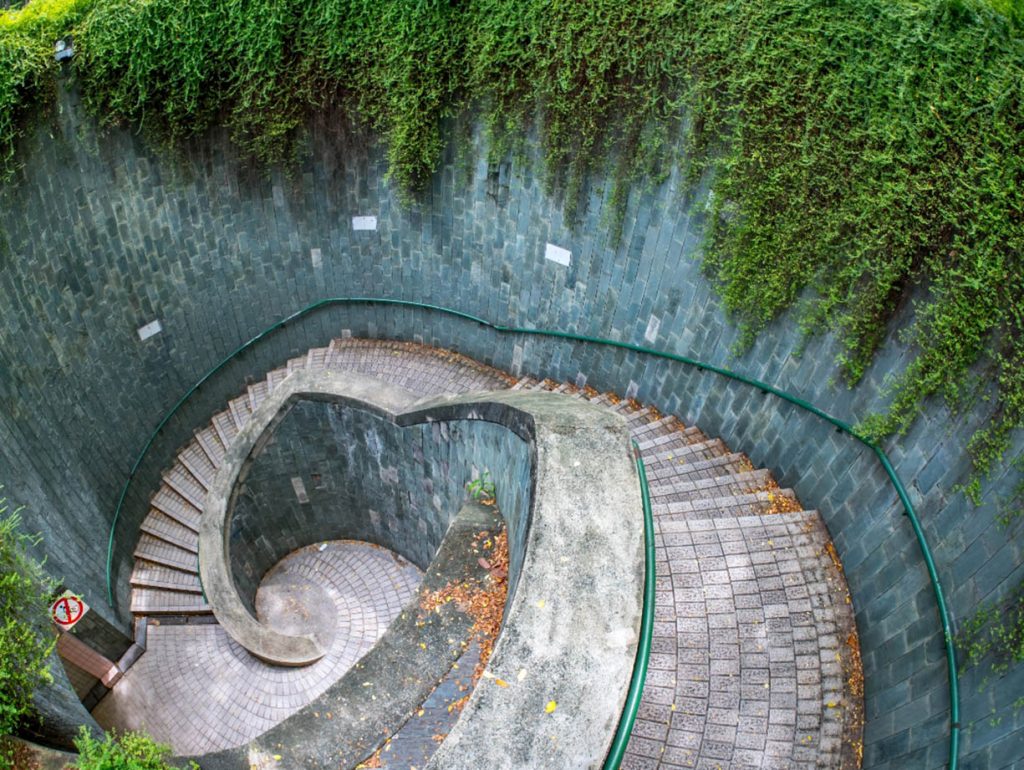
What makes this park particularly enchanting is not only its lush greenery but also the archaeological treasures that dot its landscape. As visitors traverse well-manicured pathways, they encounter remnants of Singapore’s bygone eras, from the reign of the Malay Kings to the colonial period. The historical echoes resound through structures like the Fort Canning Gate, establishing tangible connections to Singapore’s storied past.
A standout feature within this historical sanctuary is the “Fort Canning Spice Garden.” Concealed like a well-kept secret, this garden serves as a time machine, whisking visitors to the colonial spice trade’s heyday. The thoughtfully curated collection of aromatic plants and herbs showcases Fort Canning’s pivotal role in Singapore’s spice-rich history. Meandering through this fragrant haven, one can almost envision the vibrant trade activities that once defined this strategic hill.
However, it’s not just the historical artifacts that set Fort Canning Park apart. The serene ambiance that envelops the entire space adds a layer of tranquility to its historical significance. The park’s well-maintained lawns and strategically placed benches invite contemplation, creating an ideal setting for both history enthusiasts and those seeking a moment of respite from the urban hustle.
Accessing Fort Canning Park is a breeze, with multiple entry points from different sides of the hill. Whether arriving from the Fort Canning MRT station or taking a leisurely stroll from the nearby museums and galleries, the journey to this historical enclave is a seamless and enjoyable experience.
Exploring Fort Canning Park feels like embarking on a journey through time, where the past seamlessly intertwines with the comforts of the present. Its ability to blend historical significance with natural beauty makes it an essential destination for anyone eager to unravel the multifaceted layers of Singapore’s captivating history.
Chinatown Heritage Centre: A Glimpse into Singapore’s Roots
Nestled in the heart of Singapore’s bustling Chinatown, the Chinatown Heritage Centre stands as a poignant window into the formative years of the nation. This cultural haven meticulously reconstructs scenes from the past, offering a profound glimpse into the struggles and triumphs of early Chinese immigrants who played a pivotal role in shaping Singapore’s diverse identity.
Upon entering the center, a tangible sense of history pervades the space. The exhibits, carefully curated to reflect the ambiance of old Chinatown, transport visitors to a bygone era. However, what sets the Chinatown Heritage Centre apart is the authenticity and immersive quality of its “Recreated Shophouse” exhibit. This detailed portrayal of living conditions during that time creates a deep and empathetic connection with the past.
Walking through the narrow corridors and compact living spaces of the recreated shophouse, visitors can vividly sense the challenges faced by early Chinese immigrants. The exhibit goes beyond static displays; it is a living testament to resilience and determination. The meticulous attention to detail, from furnishings to ambiance, adds layers of authenticity, allowing visitors to step back in time and experience the daily lives of Singapore’s early inhabitants.
More than a chronological presentation, the Heritage Centre weaves a narrative through personal stories. Through artifacts, photographs, and interactive displays, the struggles, sacrifices, and aspirations of early Chinese immigrants are brought to life. It is not just a history lesson; it is a deeply emotional exploration of the individuals who contributed to Singapore’s cultural mosaic.
The interactive elements and guided tours offered by the Chinatown Heritage Centre enhance the visitor experience. Encouraging active engagement, these features ensure that each visitor leaves not just with knowledge but with a heartfelt connection to the human stories embedded in Singapore’s history.
Conveniently located at 48 Pagoda Street, the entrance fee to the Chinatown Heritage Centre is reasonable, considering the rich insights it provides into Singapore’s cultural genesis. Its central location allows visitors to seamlessly blend their exploration with the vibrant atmosphere of Chinatown, creating a holistic and immersive experience.
The Chinatown Heritage Centre transcends the role of a conventional museum. It is a portal that transports visitors to the struggles and triumphs of a bygone era, fostering a profound understanding of Singapore’s roots. This evocative journey leaves an indelible mark on those seeking not just historical knowledge but a deeper connection to the human spirit that shaped this dynamic and multicultural nation.
Recommendations:
Asian Civilisations Museum: Bridging Cultures
Positioned as a comprehensive repository of Asian heritage, the Asian Civilisations Museum is a captivating exploration of the continent’s diverse cultural tapestry. Along the picturesque riverfront, this museum serves as a cultural voyage, presenting visitors with a rich collection that spans artistic and historical dimensions.
Each gallery within the museum is a curated journey through the multifaceted realms of Asian civilizations. From the nuanced strokes of Chinese calligraphy to the intricate sculptures of South Asia, the exhibits provide a nuanced glimpse into the depth and variety of cultures that have thrived across the continent. The museum’s commitment to offering a wide spectrum of Asian heritage ensures a comprehensive encounter with artistic, religious, and historical narratives.
A highlight exhibition, “River of Gold,” delves into the profound significance of rivers in Asian civilizations. Beyond their practical importance, this enlightening showcase explores the symbolic and cultural roles of rivers. Through thoughtfully curated artifacts and interactive displays, visitors gain insights into the pivotal role rivers played in shaping the development of Asian societies.
The museum’s strategic location along the riverfront amplifies the cultural exploration. The serene setting adds a contemplative dimension to the visit, allowing visitors to engage with the exhibits in a tranquil environment. The museum’s architecture, with its elegant design, seamlessly integrates with the surrounding landscape, creating a harmonious atmosphere for the appreciation of diverse cultures.
Furthermore, the Asian Civilisations Museum actively contributes to the community through educational programs, workshops, and outreach initiatives. This commitment to fostering cultural understanding extends beyond the museum’s physical space, contributing to a broader dialogue about the interconnectedness of Asian cultures.
The Asian Civilisations Museum stands as a cultural nexus, linking visitors with the intricate and vibrant heritage of Asia. Its curated galleries, insightful exhibitions, and strategic riverfront location offer an immersive experience that transcends geographical boundaries. More than a mere collection of artifacts, this museum is a dynamic space that invites exploration, contemplation, and a deeper appreciation for the rich tapestry of Asian civilizations.
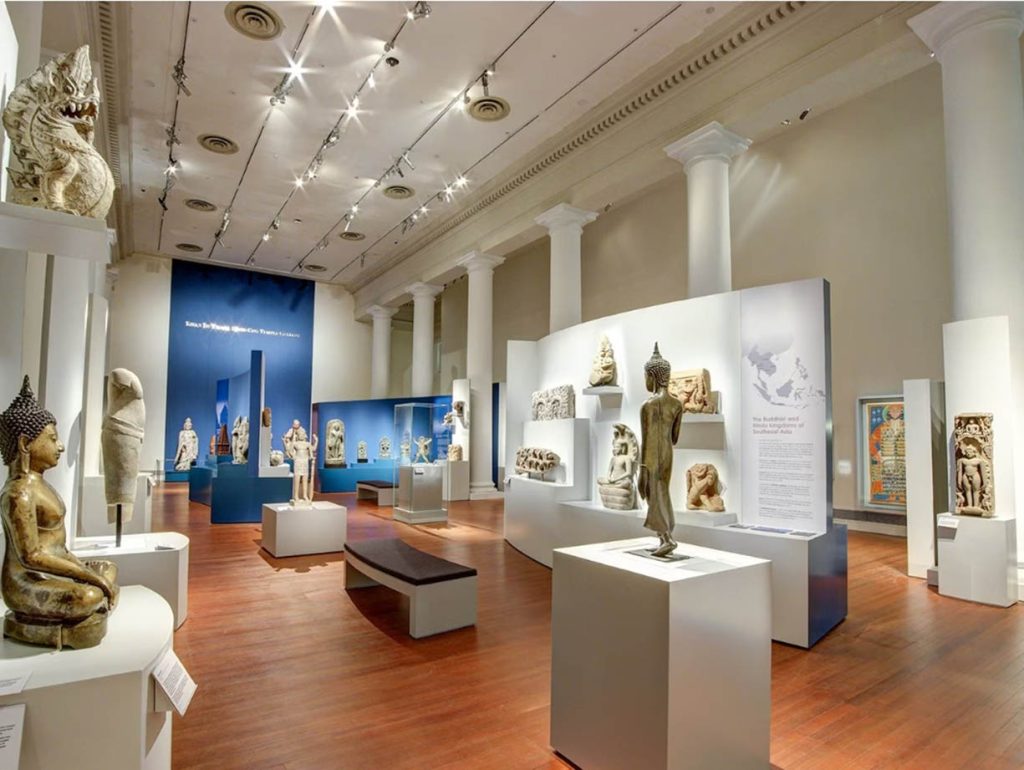
Battle Box: Reliving Wartime Echoes
For those intrigued by wartime history, the Battle Box offers a unique subterranean experience. Housed in an underground bunker, it transports visitors back to World War II. The “Surrender Chambers” exhibit is haunting yet illuminating, providing insights into the events leading to Singapore’s fall. The guided tour brings the history to life with vivid storytelling.
Reflections at Bukit Chandu: Honoring Sacrifice
Nestled in Kent Ridge Park, Reflections at Bukit Chandu pays tribute to the heroic stand of the Malay Regiment during the Battle of Pasir Panjang. Multimedia exhibits and poignant artifacts offer a heartfelt homage to the soldiers’ sacrifice. The panoramic view of the Southern Islands from the museum adds a contemplative touch.
Raffles Hotel: Colonial Grandeur
For a taste of colonial history, a visit to Raffles Hotel is imperative. The hotel’s “Raffles History Gallery” unfolds its storied past, from its establishment in 1887 to its role during World War II. The elegant architecture and colonial charm make it a living testament to Singapore’s colonial era.
The exploration of Singapore’s museums and historical sites has provided me with a profound understanding of the nation’s journey. The meticulously curated exhibits, interactive displays, and immersive experiences have transported me through time. While each site possessed its unique charm, the common thread was the commitment to preserving and sharing Singapore’s diverse history. Whether delving into wartime narratives or strolling through colonial elegance, Singapore’s historical tapestry unfolded before me, leaving an indelible mark on my appreciation for its rich heritage.
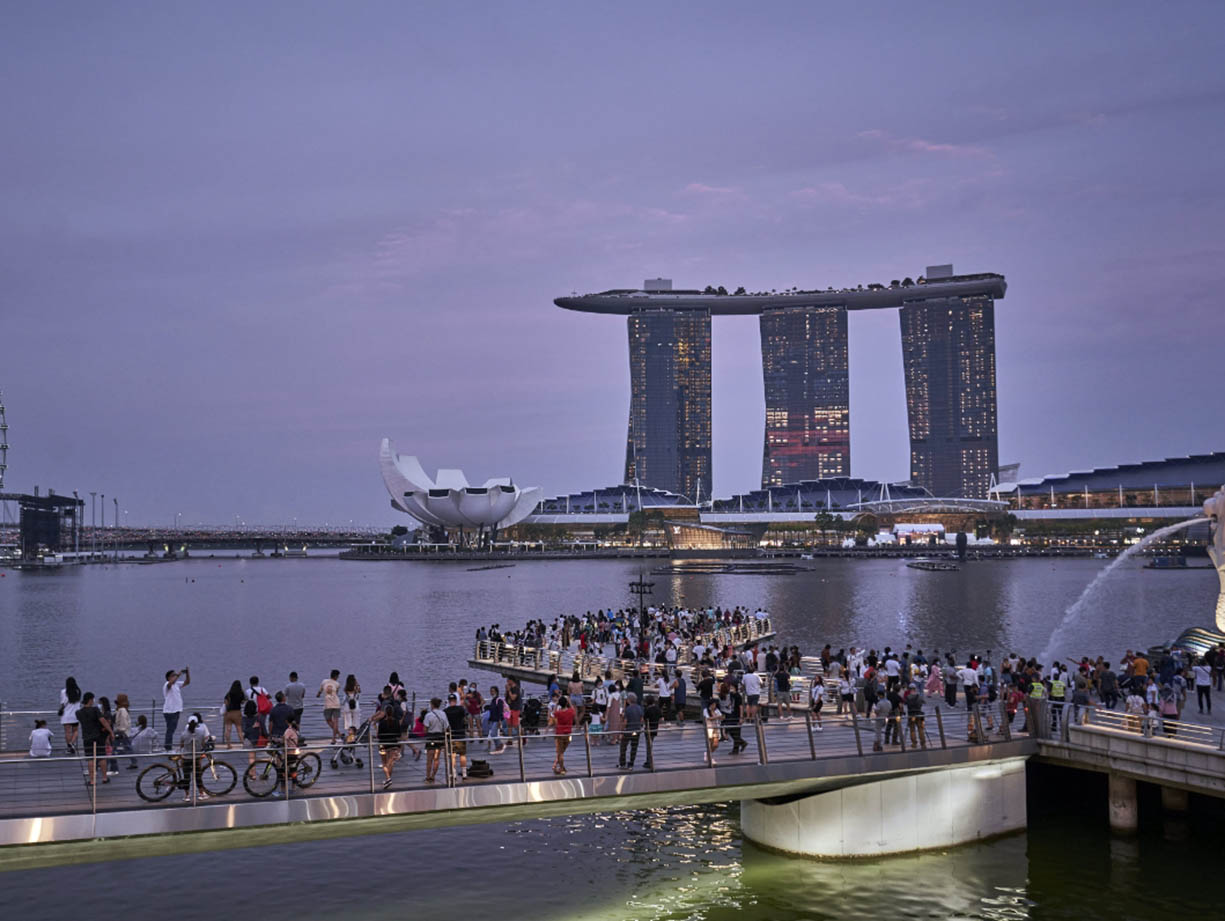
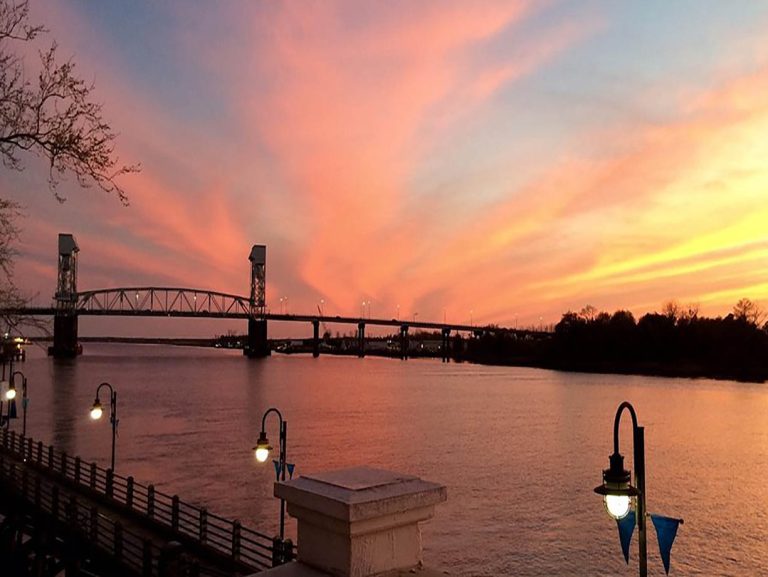
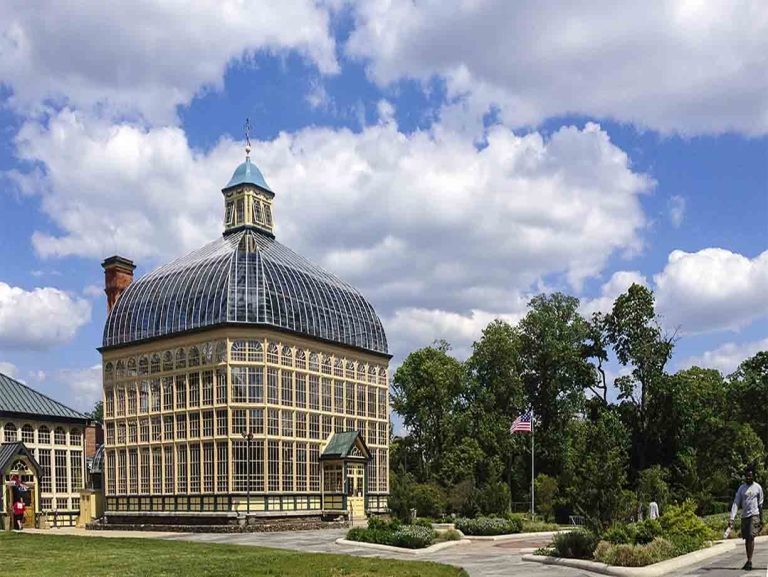
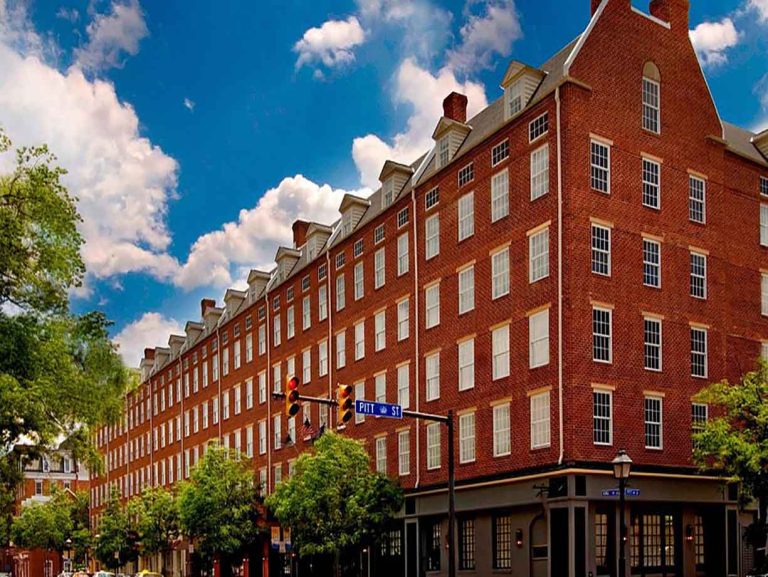

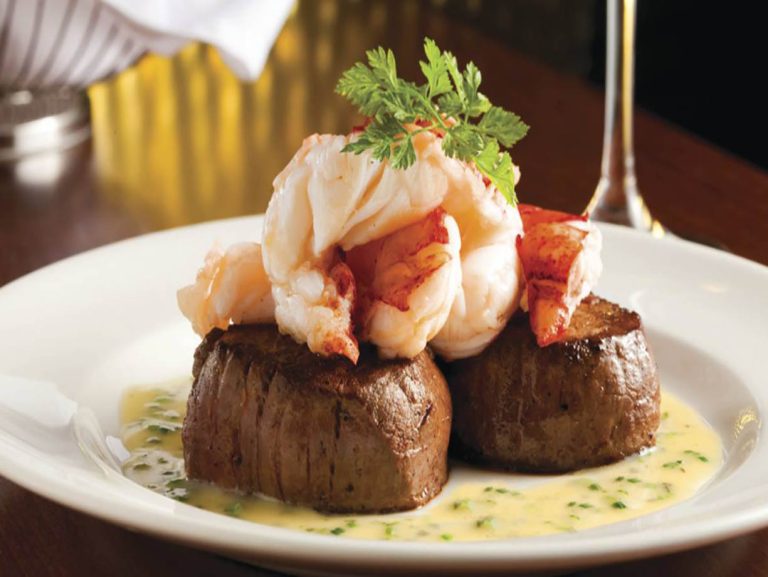
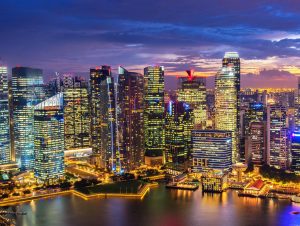
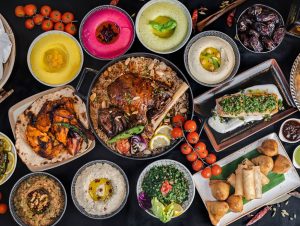

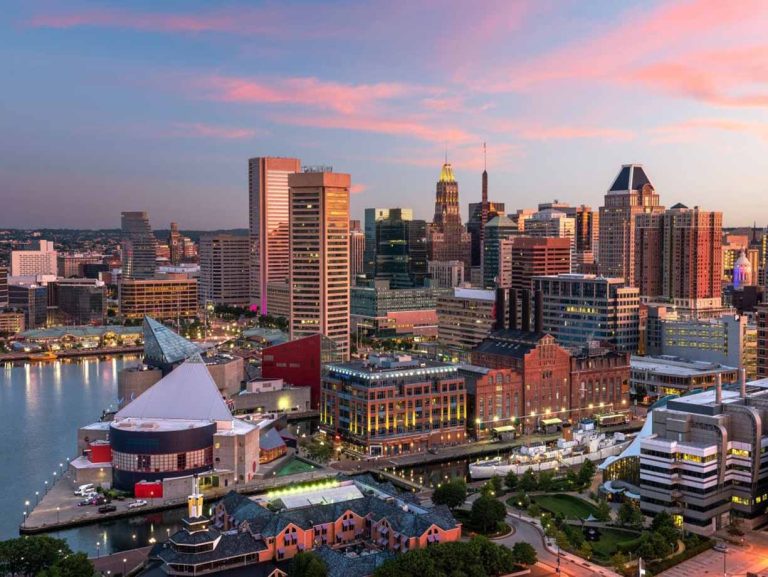


+ There are no comments
Add yours